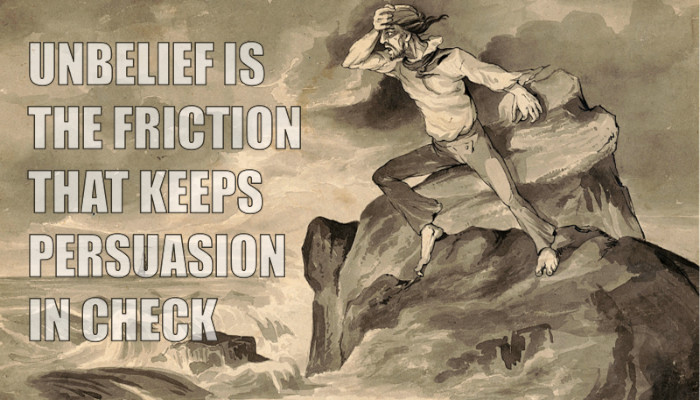
I get storytelling inspiration from two sources: life experiences and books like:
- Think and Grow Rich, which taught me about the power of persistence. I used it’s “master mind” concept to discuss a technique for writing dialog.
- Why Things Bite Back is a study of unintended consequences. For example, while the invention of car alarms reduced the number of stolen parked cars, it increased the number of car-jackings.
- Unlimited Wealth discusses the concept of abundance. Rather than seeing life as a zero-sum game, there are actual unlimited natural resources because the technology of the day defines what a resource is. Consider that before the internal combustion engine, oil was a sticky nuisance that landowners needed to deal with.
Last month I added another book to my favorite list. While Never Split the Difference by Chris Voss teaches about the art of negotiation, it also provides storytellers tremendous insight into the human condition. One such fact is that people are predisposed to disbelieve. As the author states proverbially, “Unbelief is the friction that keeps persuasion in check.”1 Essentially, we’re skeptics, which forces a persuader to work. If successful, overcoming healthy skepticism hardens the idea and makes it defensible from future attacks.
Last week we discussed how persuasion could be thwarted by a “bug” in our cognitive programming–the fact that we are predisposed to accept negative criticism in higher proportions than positive reinforcement. This bug allows a naysayer to easily transform healthy skepticism into the staunchest form of pessimism by simply attacking a persuader’s character.
The study shook me to my storytelling core. As a confessed optimist, I couldn’t find a way around the dilemma. But that’s where Chris Voss offers a more optimistic perspective on the bug. “Our job as persuaders,” he says, “ is easier than we think. It’s not to get others believing what we say. It’s just to stop them unbelieving.”2
Such advice falls into my wheelhouse as a storyteller as he suggests that the best way to get people from unbelieving is by listening empathetically —something that I’ve stressed incessantly in this blog. The most important trait that a storyteller can have is empathy for one’s audience, because empathy works on three levels: emotional, intellectual, and if done right, shows the audience what’s inside the heart of the persuader.
The naysayers have the advantage. They can dismantle an idea without the intellectual rigor required to create one. However, just because they have an advantage, don’t think for a second that the advantage is superior. On the contrary, storytellers have both the ability and responsibility to counteract these intellectual shortcuts.
It just takes work. But great storytellers have never shied away from that. Right?
Photo Credit: Man, Possibly a Castaway or Shipwrecked Sailor, Standing on Rocky Shore Seeing a Ship on the Horizon; May Show Signs of Disbelief at the Prospect of Being Rescued. , None. [Place not identified: publisher not identified, between 1870 and 1930] Photograph. https://www.loc.gov/item/2016649130/.
Notes:
- Voss, Christopher, and Tahl Raz. Never Split the Difference: Negotiating as If Your Life Depended on It. London: RH Business Books, 2016. Kindle location 2585
- Voss. Never Split the Difference. Kindle location 2584